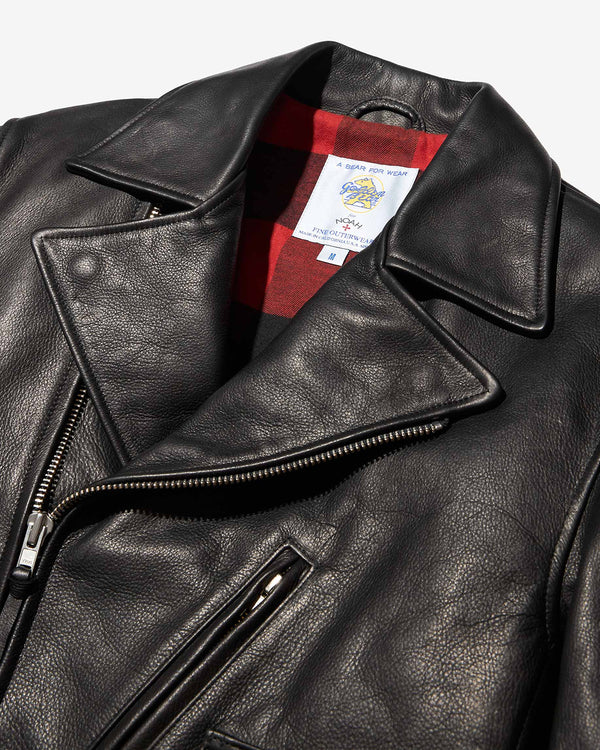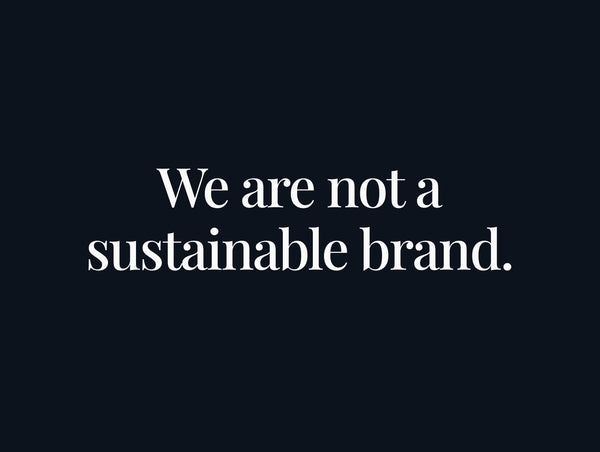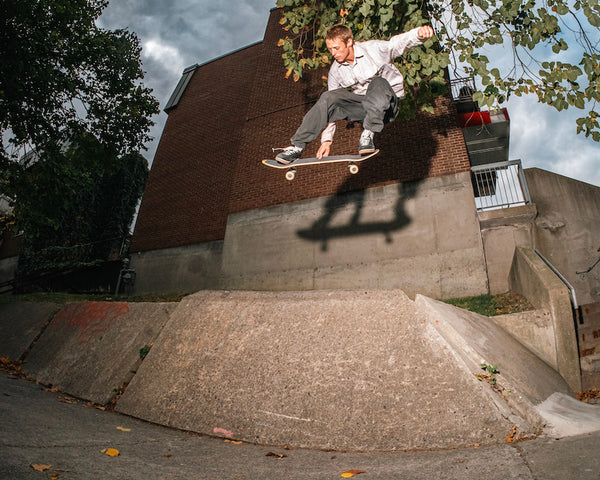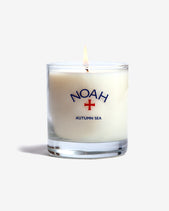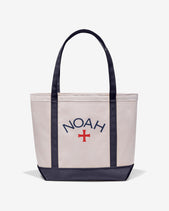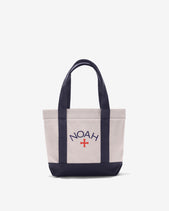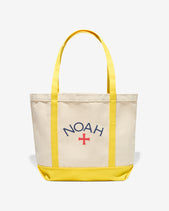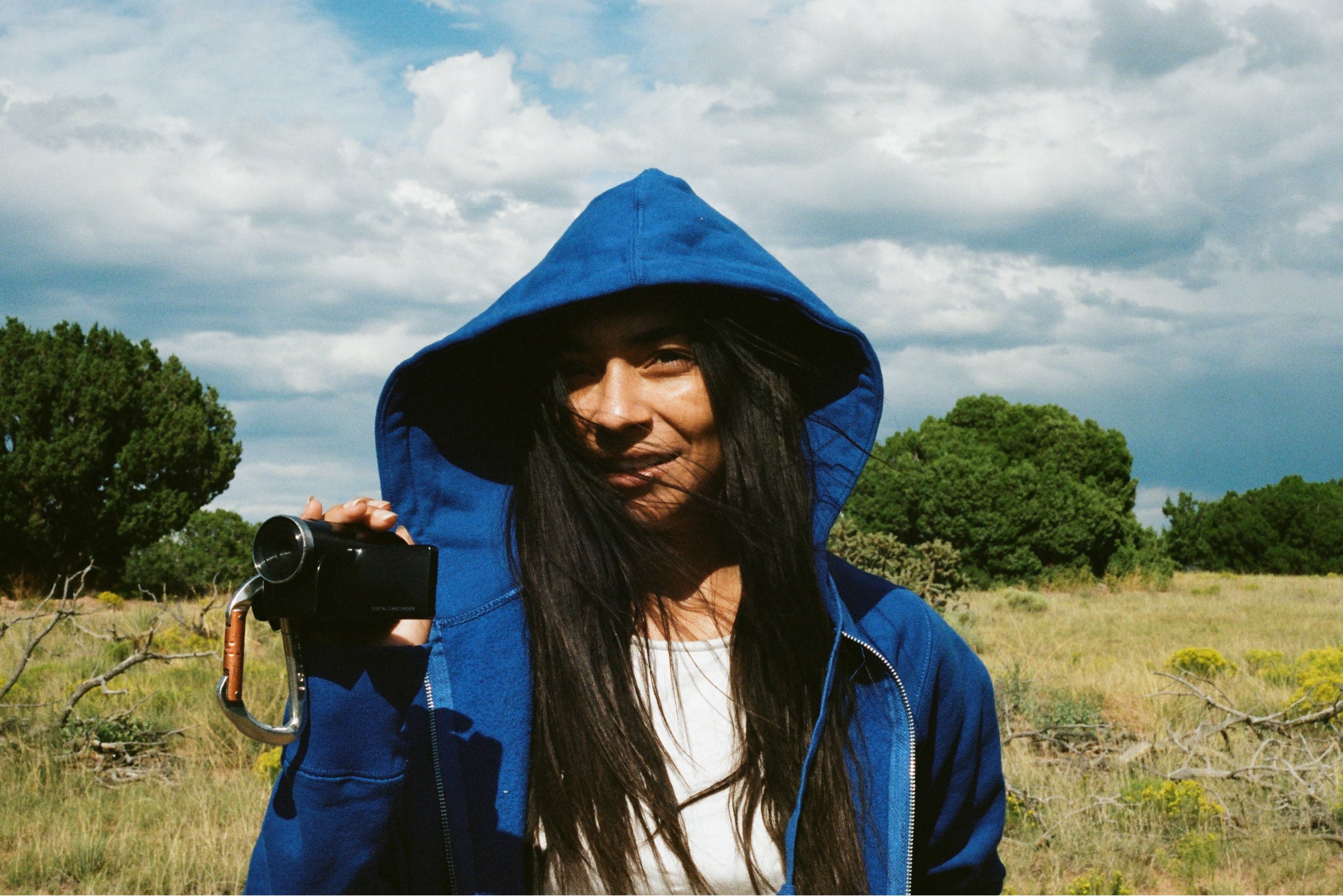
We are proud to introduce our newest Noah Field team member Laura Hinman. The Noah Field Team is a diverse group of individuals, typically from outside our industry, whose physically active, engaged lives give them a unique perspective of the world.
Laura is a Native American director and producer. She is Kumeyaay & Payómkawichum, both tribes are from San Diego, California. She has spent the last few years training with Native documentary crews in Santa Fe, New Mexico. Before her career as a documentarian, she moved to New York City to pursue her dreams in film and worked in the fast-paced world of the fashion industry. Laura quickly grew disillusioned with her life in the city when she became transfixed on the protest happening at Standing Rock, North Dakota. She soon left everything behind to follow her new calling, relocating to the camps of Standing Rock, and experienced a life changing moment connecting with vast concentration of fellow Native Americans. She felt an acceptance, place, and purpose like she never before had in her life. During the protest, she created short documentary films and uploaded them on social media to share what was happening on the front lines of Standing Rock.
Currently, she is focused on her own films through her production house, Civic Films, combining the informative aspect of documentary with the imaginative aspect of narrative film as a way to build community and discuss Native issues and mental health. Her goal is to always speak the truth—which means the good, the bad, and ugly—in her work.

Where are you from and where are you living these days?
I’m from San Diego, California. I’m always moving about but I’m based in Los Angeles, California.
What are you working on at the moment?
I’m finishing up a film about my experience as an urban Native woman; it’s called “One Big Selfie.” There’s footage from the past decade or so. I talk about bouncing between American society and my Native family, and being adopted by two amazing white people. There’s also footage of friends having conversations with me and sharing their thoughts—we talk about mental wellness, struggling through depression, and the weight of the world. It’s all very personal. I hope that by sharing vulnerable moments, I can connect with others. My goal is to uplift.
“We can be privileged beyond belief, including me. It’s hard to watch people consume horrifying bits of news and continue to keep their heads down. No one teaches us or encourages us to take risks for the sake of humanity. But it takes getting out of your comfort zone and approaching people with no fear.”

What made you get into film? What is it about the property and medium of motion image that resonate with you?
Film has always been what I wanted to do, but I found it hard to picture myself there. I hate how long it took to actually start making my own work and calling it work—respecting myself as a filmmaker. Like most things, it’s dominated by white men. I hadn’t seen brown women taking on that role before. But that’s changing, and I’m ready and excited. Storytelling is appealing because it eliminates the need for me to actually talk to people. Instead, I can offer visuals and communicate more efficiently. I enjoy the independence of creating a story.
Tell me about your Native American ancestry? Your tribe & location? Were they known for anything specific? Traits?
I’m from two tribes—Kumeyaay and Payómkawichum in San Diego, California. We’re also referred to as Diegueño and Luiseño, which is what the Spanish colonizers called us. From my experience, a lot of people don’t know a thing about California tribes. I’m learning myself, because I didn’t grow up within the culture. Our land traditionally extends through the desert, mountains, and out to the Pacific Ocean in Southern California. We’re still very much alive today. Both tribes have a huge range of diversity. To be honest, the way I’ve learned about my culture has mainly been through research. My favorite piece of information I’ve come across is a note from a Spanish journal—during the time they would either convert us to Catholicism or murder us—in which they wrote about how we were extremely difficult to control. They called us “rebellious” people. Personally, I’m quite proud of that.

How has your lineage shaped who you are?
That’s a tough question because I feel like the more I learn about my culture, the more I grow and adapt to each challenge that comes across my path. I grew up in an all-white community. I didn’t even know I was Native and, when I found out, I didn’t know what that meant. I didn’t know any other Native people. It’s interesting coming from a place of being told what I am—people guessing my ethnicity, making assumptions. My identity is fluid; it had to be that way.
Do you have much or any contact with other members from your Native tribe today?
I met my biological family a few years ago. I’m now very close with many of my uncles and cousins. I’m super grateful for the way they met me. All love. Immense love.
You were living in NYC and then left for Standing Rock. Tell me about that move and what prompted you to leave the city?
I was working in fashion in New York, and I think you know what kind of crazy world that can be. Noah is “anti” that craziness, if that makes sense. I had heard about what was going on at Standing Rock through the news and became obsessed with following each development. I saw a video of Native people—unarmed—being attacked by dogs, with rows of armed private security guards. That’s when I was like, I can’t sit here in an air-conditioned office, saying “that sucks.” That’s our reaction to everything, and I can’t stand it anymore.
We can be privileged beyond belief, including me. It’s hard to watch people consume horrifying bits of news and continue to keep their heads down. No one teaches us or encourages us to take risks for the sake of humanity. But it takes getting out of your comfort zone and approaching people with no fear. It’s an attitude shift, we’re all capable.
I was working at Vogue magazine, and I just left. Packed what I thought would be useful gear and got on a plane to North Dakota. I remember the night before I left, I felt so nervous to finally meet other Native people. I didn’t know anyone at the camp or what the day-to-day conditions would be like—and honestly I had never been camping before in my life.

Talk to us about your experience at Standing Rock—what is something that the general public may not have known or been shown in the news media.
When I arrived, I was waiting for my bag at the airport, and I was approached by two elderly Lakota women. They were waiting for their bags too, and we were the only three Natives in the airport. The first thing they said was, “You’re here for us, aren’t you?” And I just broke down in tears. They hugged me and held me. I had never once been recognized as my actual self, as a Native woman. It’s almost as if they knew I would need support, the minute I set foot in their land.
It’s almost too overwhelming to talk about, and I don’t want to muddle it all up. My experience at Standing Rock was every emotion—good and bad—and heightened by infinity. I think the media covered the fact that this was the first time in many, many years that hundreds of tribes from across the globe came together. But the media was mostly coming from a non-Native perspective, and they were not able to pick up on the true significance of our community there.
The media also didn’t even begin to cover the amount of racism we were up against—coming from the oil company, the police, the federal government, non-native residents of North Dakota. Any disturbance they could have provided us, happened. I don’t think people realize how we were actively fighting for our lives, not just for the water.
“There are people on the ground, fighting for everyone’s health. When we say certain territory is sacred—it is 100% about our rights as indigenous people.”



What is the state of Standing Rock at the moment? Was there any resolve? Are there still people there protesting?
I don’t want to speak for the Standing Rock Sioux people. The pipeline has been in operation since June 2017. There are articles about how they are still fighting, three years later. There’s a nearby threat of another pipeline, the Keystone XL pipeline, which is in Lakota territory as well. After Standing Rock, America has started creating laws all across the country that limit our right to protest. Friends have gone to prison and are still battling cases from Standing Rock. I don’t want to speak for them either, but I do want people to know that we're living in a time when standing up for what’s right can be labeled as “domestic terrorism.” It’s dangerous to be indigenous and it’s dangerous to care about your environment. These new laws are set up to keep us silent.
There are people on the ground, fighting for everyone’s health. When we say certain territory is sacred—it is 100% about our rights as indigenous people. It’s about religious freedom and sovereignty, but it’s also about basic health needs. We need to be able to breathe air without getting cancer. We need to be able to drink water without being poisoned. We need to be able to grow food without toxic waste. These are human needs. These land-based fights are so layered, because we’re dealing with environmental chaos and racism and governments going back on their word.
There’s the protection of Muana Kea in Hawaii, Ihumatao in New Zealand, Unist’ot’en in Canada, and Jair Bolsonaro is threatening to murder entire tribes in Brazil in the name of resource extraction. Even what’s happening at the border is an indigenous issue ... and there’s so many more. There’s Native people all over the world who are fighting for land rights. It’s all connected. We want everyone to be healthy. We want to be able to guarantee everyone a future.
I’m shaking as I talk about this because it’s truly never over, and we’re up against such a gigantic monster. Once one battle dies down in the mainstream’s eyes, another is just beginning. There has been no resolve, legally or mentally. Frankly, it’s a matter of life or death. Native people have been feeling the effects of climate change for years now, while the rest of america is just starting to realize how much trouble we’re all in.


What do you feel was your contribution to Standing Rock? What kind of videos were you generating?
I feel like I gained so much from camp—knowledge and experience. I was definitely the dumbest city girl in the country. I learned how to split wood and make a fire. Each day was different. One day, I’d check every tent to make sure people had water, because everything would freeze. I’d go back and forth with frozen buckets on a sled, heat them up over a wood stove. I would also do the dishes, cook, and organize equipment. Another day, I’d work with a female security team to locate predators and make sure they were kicked out of camp. Man camps are huge threats to women, two spirits, and people. Toward the end, we were in need of massive clean-up help. We had a group that would gather up items that could still be used (propane tanks, blankets, canned food, etc.) and distribute them to nearby reservations. The National Guard came in to throw everything away and we were trying to repurpose items for people who actually needed heat and food.
My videos were observational; I tried to capture the space and people around me. The freezing weather drained my battery and my phone would only turn on for 5–10 minutes a day. I’d run up to this hill—we called it Facebook hill—and upload a short clip to Instagram. That interaction through social media allows people to send donations directly to the camp. I warned people that countless companies or nonprofits were coming into Standing Rock, posting a few flashy pictures and gaining thousands of dollars. We’d never actually see where the money went. Unfortunately, the movement was an opportunity for vultures. If you want to make a difference, donate to the actual people on the ground. Everyone in my New York community helped keep hundreds of people at camp fed, clothed, and safe. I’m so grateful. We literally couldn’t have made it without them. Not every role in a movement looks the same.
What are you working on these days? What shift did you make in your work post- Standing Rock?
After Standing Rock, I traveled across the country with a Native documentary crew. We went to various reservations and filmed inspiring Native people telling their own stories about health and community. I’ve always been a “DIY” filmmaker. I use my phone and, if I have a camera, it’s usually extremely low quality. So it’s been helpful to spend the past three years training on professional equipment. I’ve been learning how to film and edit proper films. But to be honest, I think I’ll continue with my own silly methods.

I saw a video of Native people—unarmed—being attacked by dogs, with rows of armed private security guards. That’s when I was like, I can’t sit here in an air-conditioned office, saying “that sucks.”

Tell us about your production company Civic Films—what films have you been working on?
Last year, I started a production company called Civic Films. I used to manage production for editorial shoots, and I have strong roots in that kind of work. But I want to connect my recent experiences. I love that phrase, “it’s your civic duty.” It’s cringey in the best way. I want to work on projects that give a sense of community-wide healing.
I write narrative scripts, and I’m working toward producing narrative films. Right now, it’s just a hell of a lot more realistic to create documentaries.
I often don’t have access to equipment or budgets or crew. I’m not trying to complain because that was my attitude at first and that kept me from making work. When I wanted to transition to film from fashion, everyone would speak of my unfit qualities or what they thought the film industry would hate about me. Then I moved to New Mexico, where there’s a budding film industry, and, even on Native productions, they wouldn’t value my opinion. All kinds of men would steal my ideas and call them their own. Overall, I’ve either been questioned as a professional or denied professional experience, and that’s just the reality for a Native female trying to direct. I used to let the racism and sexism discourage me, but now I focus on what I do have. If I want to make a film, there’s no excuse. I can do that. I have the tools, they’re just not the standard ideas.
My first short documentary is called “California Girls”—it’s about my auntie, Tiffany Adams, who’s a traditional artist and a performance artist. She talks about her work gathering materials to create regalia and her contemporary pieces that speak to the pain of feeling invisible as a California Native woman.
I’ve got two projects still in the works. A documentary about the tradition of tattooing. A lot of people don’t realize that indigenous people have been tattooing since time immemorial. Traditionally, in California, it’s a women’s practice. The other project is further along, with a trailer online—it’s a mockumentary about the police called “A Guide to Misconduct.”
My newest project, the autobiographical documentary, “One Big Selfie,” will screen in New York at an all-Native arts festival called We Are Here.
“I fully believe the future is indigenous. I think it’s happening now too. No matter what people tell you, what the news says, or what the laws say, we are fully capable of creating a safe and healthy world.”

What is your take on the climate, politically and socially, in America today?
Oh my goodness, I feel like I’ve gone off quite a bit already. I couldn’t care less about politics. I used to vote and listen to NPR and feel all fuzzy about liberal agendas, but after what I’ve witnessed, I can’t see a difference. I’m going to be real and say we need complete, total revolution. We need to be willing to risk it all and work our asses off.
It’s controversial to not vote, especially with new and brave politicians. I’m sure they have good intentions; I respect the work they do. I won’t participate in politics anymore because I’ve seen that both sides are the same. I’ve seen liberals and conservatives working for the same corporations, regardless of what they preach to the public.
My biggest concern is people. I’ve had the privilege to travel and meet all kinds of folks from all kinds of situations. I’ve found that everyone in this country needs very simple things. Maybe, if I had to simplify, it can be boiled down to the word “health.” We need to be taking care of the land, we need to be taking care of ourselves. Those are direct links. Politicians work against the land and that works against us. Their agendas, no matter how they are packaged, are funded by oil, coal, gas, fracking, mining, etc. It doesn’t matter who you support, who funds who.
If you’re lazy, that’s fine, I am too. I know we’ve all got to survive somehow. I’m just trying to articulate how destructive the american system is. There’s nothing in this political climate that will change capitalism, no matter how radical the candidate. Our Declaration of Independence says, “all men are created free,” and then goes on to “bring on the inhabitants of our frontiers, the merciless indian savages, whose known rule of warfare, is an undistinguished destruction of all ages, sexes and conditions.” That’s old white man for: “we’ll kill you AND take your land.” That’s the document we’re all supposed to live by!
I get that politicians are meant to make changes to the law through sets of protocol and processes, but the process itself was created by murdering slave owners. This country was created on genocide, and we wonder why people of color are being murdered every day? Politics are slow and politics are about division. We don’t have time for it. To me, it’s a huge distraction. I already know I can disagree with people, that’s easy. There’s plenty of opportunity to argue and demonize others and divide people via their beliefs. A challenge and passion for me is to exchange commonalities.
That sounds dumb, sometimes I’m so upset I hide from people. But conversations help, even when I’m least expecting it. I love to talk about how we can protect our communities today—not in the distant future or at the polls. Direct action works. We need people on the ground, protecting each other and protecting resources. But I’ve also found actions we can take every day, even if it’s just talking. Check in and make sure my friends are still with us, and they know they’re needed here. A main concern is immediate safety. Making sure people around me can sleep—did they eat a nutritious meal? Are they drinking water? It’s scary because we really cannot be guaranteed anything. So many of us are near toxic sites, health is what I’d rather focus on—mental health especially. Things don’t have to be big scale. Learn to respect yourself and see what you can share with others.
It’s a crazy process but I love that I’m still learning. Political thinking can make us feel ashamed of not knowing certain things. I’m allowed to be an idiot. All I care about is community. I’ve learned a lot about how to build or care for community from Native family and friends. I’m grateful and I’m angry. At the root of my anger is sadness. I want to see indigenous people and indigenous knowledge at the forefront. Most people need to take a step back and realize where they live.


Are there any words of hope to leave us with? Optimism for the next generation?
I fully believe the future is indigenous. I think it’s happening now too. No matter what people tell you, what the news says, or what the laws say, we are fully capable of creating a safe and healthy world.
What is one simple gesture that we can do in our daily life that could have an impact for the better?
Slow down. Check in with people.
Photos by Megan Branch
